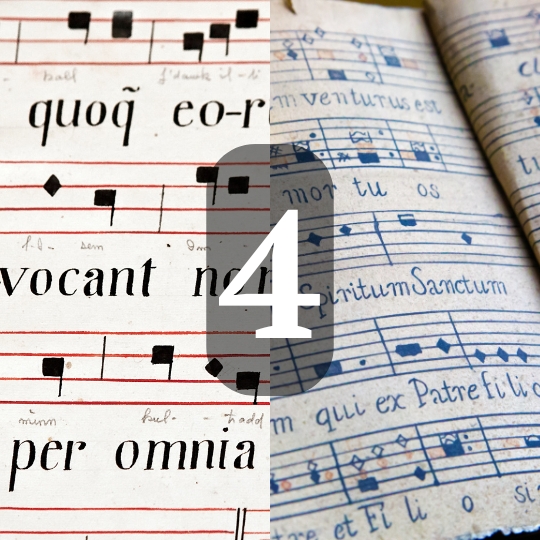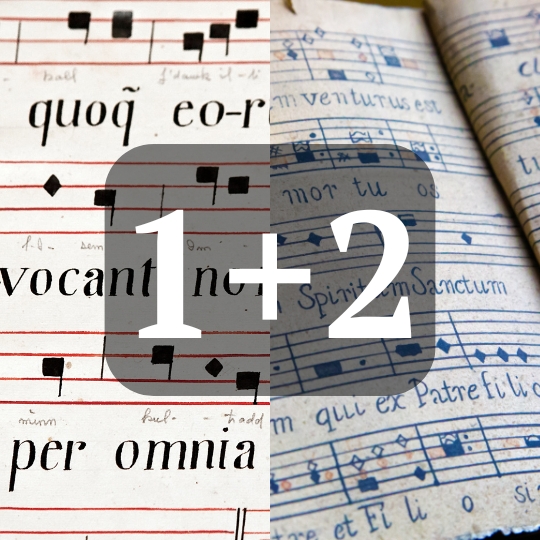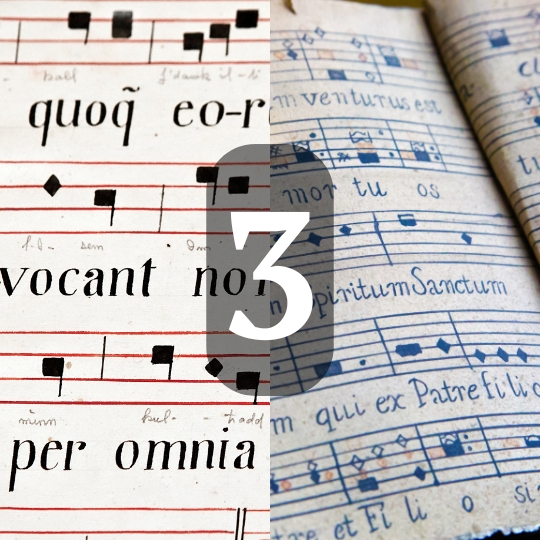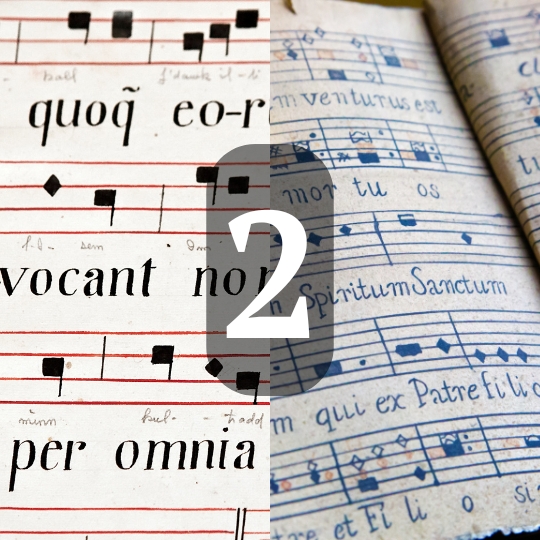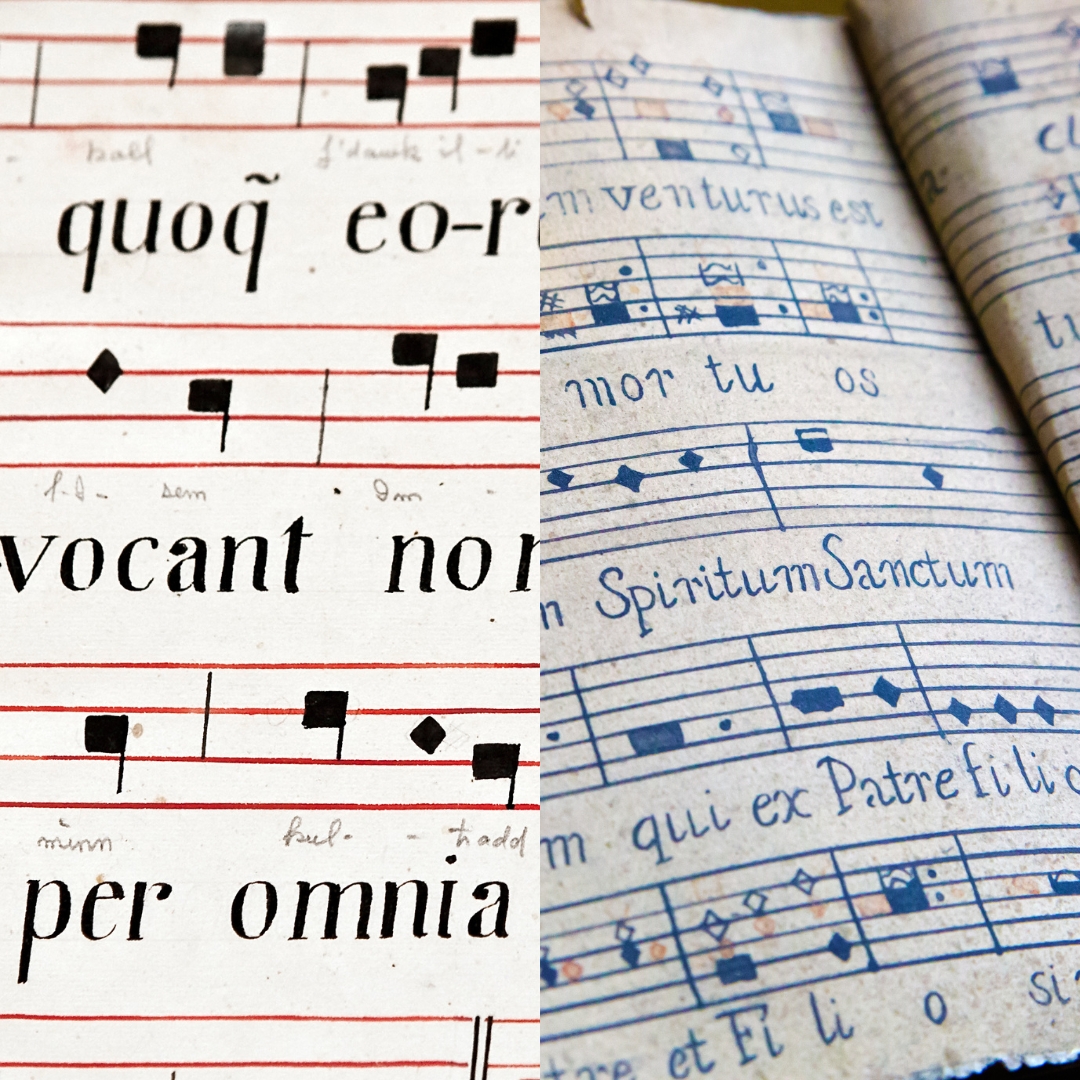Mozart, when introducing a theme in his Sonata form movements, often repeats the melody with subtle variations.
For example, in his E minor Violin Sonata (K. 304, I have an extended analysis of the first movement of this piece here), he changes the texture from monophonic to melody and accompaniment.
In his D Major Sonata for two pianos (K. 448), he adds an embellishment to the end of the melodic phrase.
And, in his Symphony No. 40 in G-minor (K. 550), he uses woodwind padding to fill out the harmony and create interest.
It’s a useful devices that means Mozart gets more from less and, in the context of the classical Sonata, it exposes the idea to the listener multiple times so that they can follow its development through the piece more easily.
Musical Moments is a new series where I focus on larger works—whether in orchestration, length, or complexity—and zoom in on small sections …
Fourth Species Counterpoint is a type of music composition that focuses on creating counterpoint through suspension and syncopation, which means that notes …
Combining 1st and 2nd species counterpoint is where we truly start to unlock counterpoint’s potential as a tool for enhancing our composition …
Continuing from the foundational work in first and second species, third species counterpoint introduces a more intricate rhythmic structure by pairing four …
Continuing our study of species counterpoint from last week, where we looked at counterpoint in the first order / first species, this …
First species counterpoint, often referred to as “note against note” counterpoint, is the foundation of contrapuntal composition. It (First Species Counterpoint) involves …



